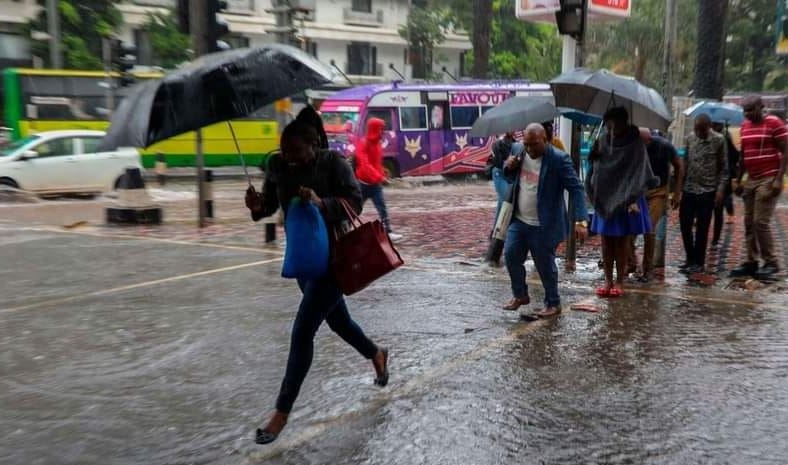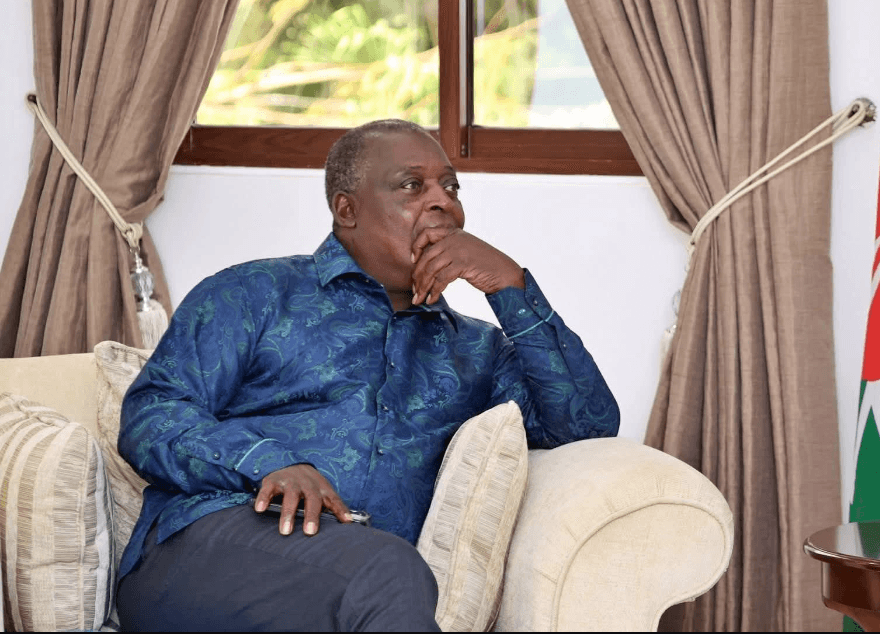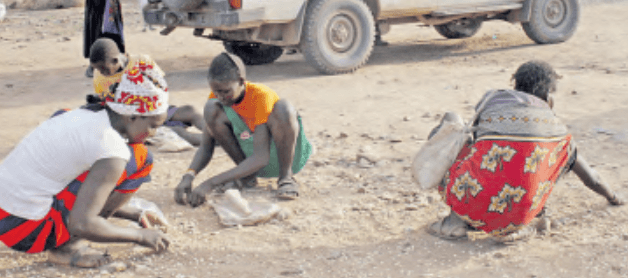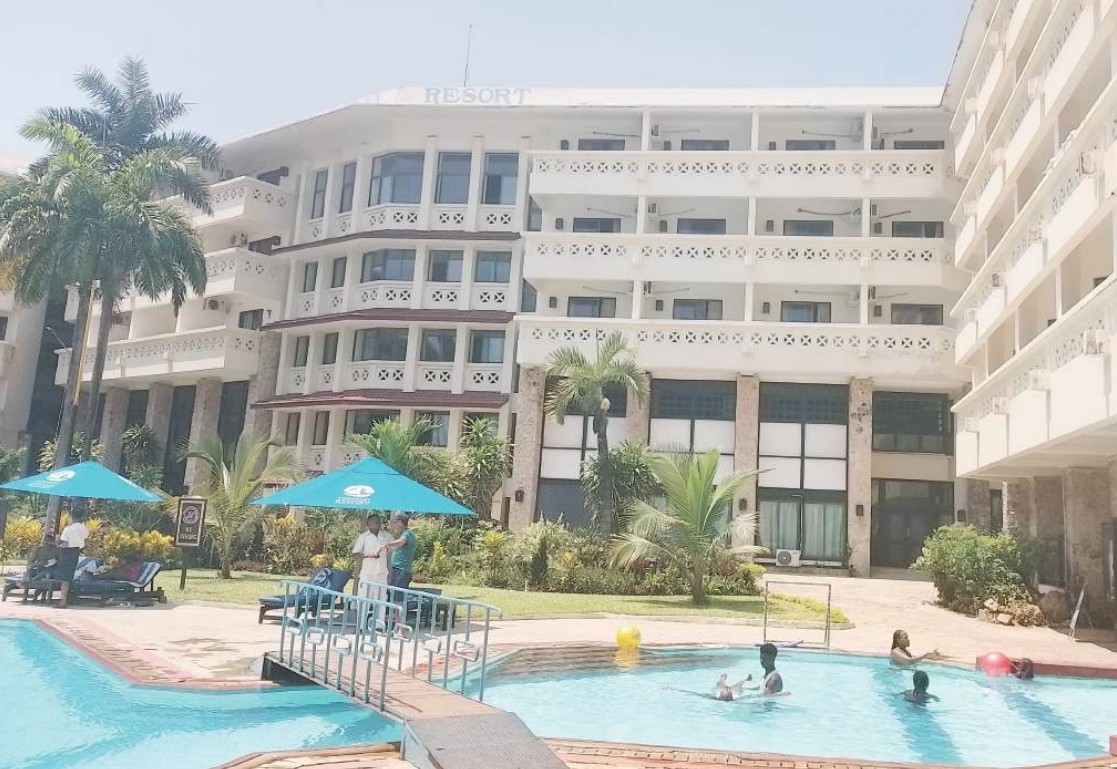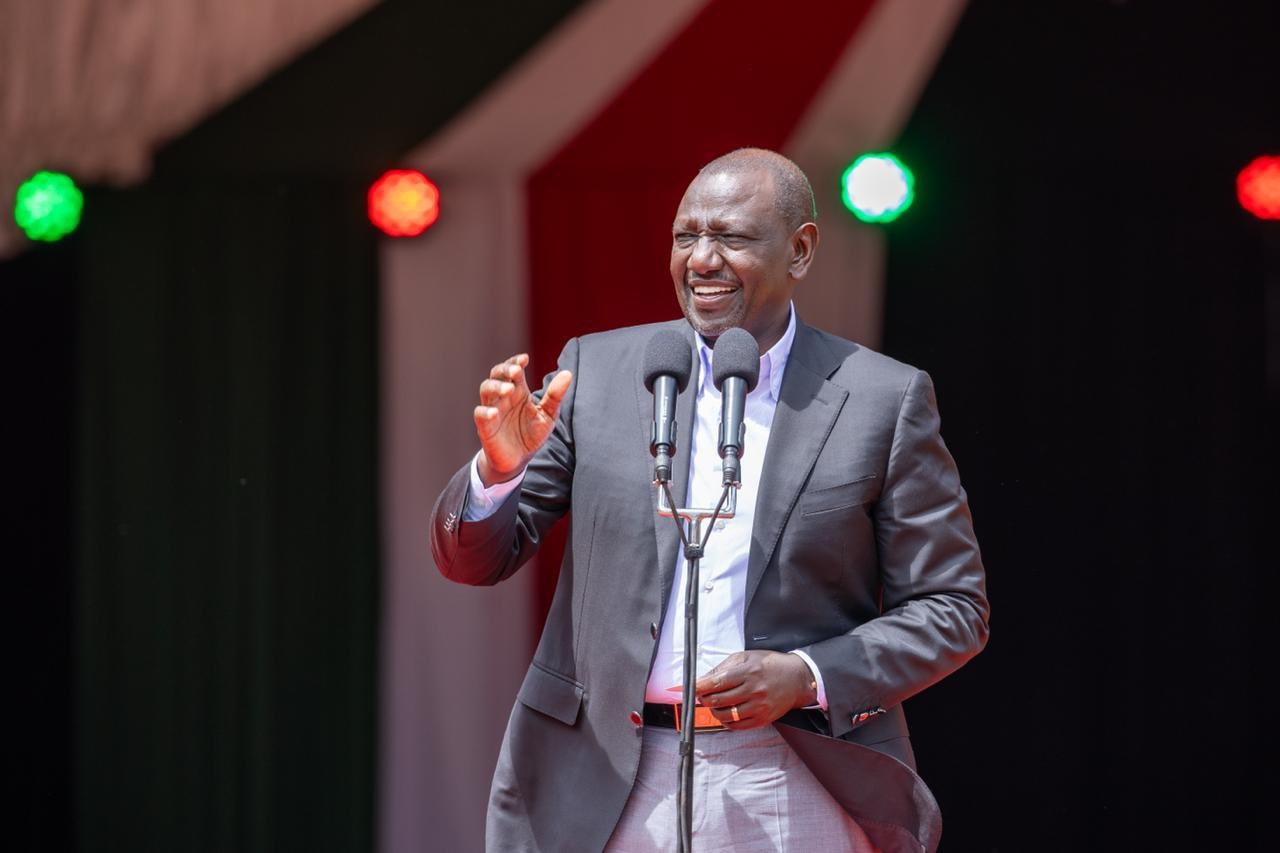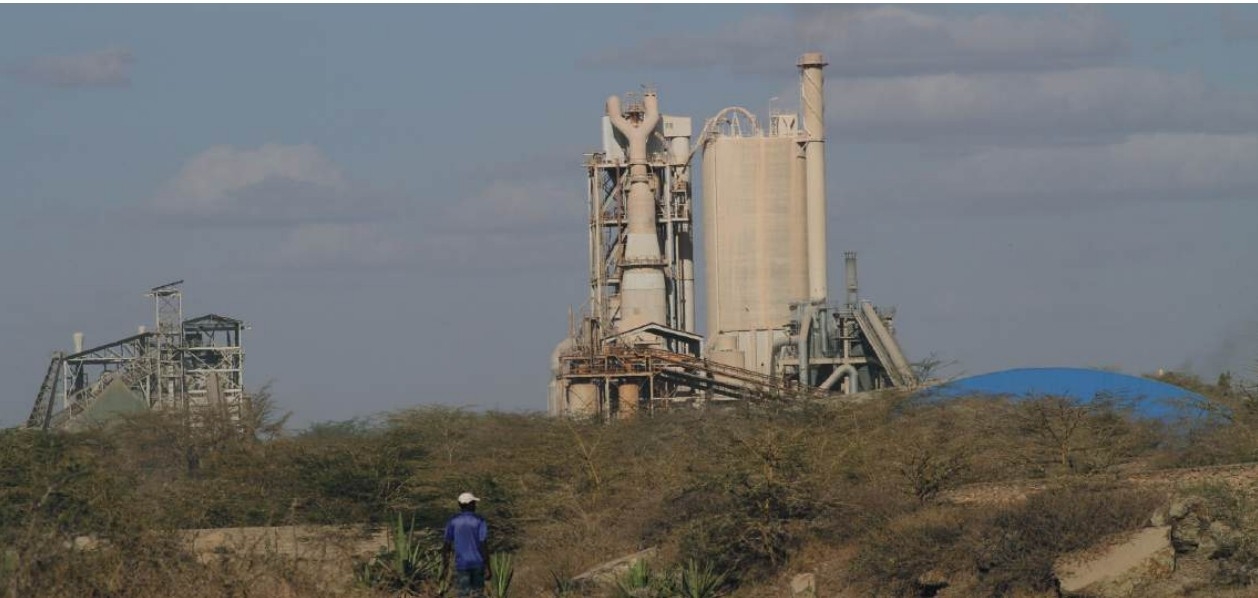

In a decisive shift from past economic models, the Kenyan government is banking
on agriculture and the informal sector to drive job creation and economic
growth, a strategy grounded in lessons from as far back as 1986.
A warning issued in Sessional Paper No. 1 of 1986 highlighted that
Kenya’s urban industrial sector would not absorb the fast-growing workforce,
urging a pivot toward agriculture and informal employment.
The paper projected that, without
change, over 6 million Kenyans would be jobless by 2000—a prediction that
largely came true.
Now, the Kenya Kwanza administration is responding with the Bottom-up
Economic Transformation Agenda (BETA), a plan focused on redirecting resources
to productive sectors that directly impact ordinary citizens.
Spearheaded by President William Ruto, the agenda places farmers,
micro-entrepreneurs, youth, and informal workers at the center of economic
planning.
According to the 2025 Economic Survey, agriculture remains a key driver
of the economy, contributing 17.1 percent to GDP and employing over 70 percent
of Kenya’s rural population in 2024.
To boost the sector, the government has rolled out several initiatives,
including subsidised fertiliser, crop and livestock insurance, and the
reintroduction of the Guaranteed Minimum Returns (GMR) for key produce.
Also underway is the TEJATI
program—Transforming Ecosystems for Jobs in Agriculture through Technology and
Innovation.
“Crop and livestock insurance protects farmers from drought, floods,
pests, and livestock loss due to disease or theft,” said Government
Spokesperson Dr. Isaac Mwaura.
He added that such programs stabilize farm incomes and attract investment
in the sector.
Insurance coverage has expanded significantly under the DRIVE Project,
with over 649,000 Tropical Livestock Units (TLUs) insured by 2025—a 730 percent
rise since 2022.
This has benefited over 1.6 million pastoralists in ASAL counties like
Garissa, Wajir, and Marsabit.
“The insurance schemes have given us a safety net. We can now invest in
our livestock without fear of losing everything to drought,” said Neema Abdi, a
pastoralist from Isiolo.
The GMR scheme has also been impactful. Dairy farmers now earn Sh50 per
litre, up from Sh37, while sugarcane, wheat, and macadamia producers also
enjoy assured prices.
“The GMR for milk has changed my life. I now plan my finances better and
invest more in my dairy farm,” said John Kamau, a farmer in Nyandarua.
The sugar industry is also showing signs of recovery. Production rose by
76 percent to 832,185 metric tonnes in 2025, surpassing local demand. For the
first time, cane farmers are receiving bonuses.
Agriculture CS Mutahi Kagwe said that the leasing of state-owned sugar
factories has revitalized the sector.
“Parliament approved the leases, and arrears to farmers and workers—Sh1.7
billion and Sh650 million respectively—have been cleared,” he noted.
With reduced dependency on imports, maize imports dropped by 66.6
percent, from 17.8 million to 5.94 million 50kg bags.
This shift is credited to expanded fertilizer subsidies, which cut prices
from Sh7,500 to Sh2,500 per 50kg bag between 2022 and 2025.
As a result, maize output surged 39 percent to 85.7 million bags, while
the cost of a 90kg bag dropped to Sh3,569.
Digital tools like KIAMIS and the E-voucher system have improved
transparency and access to subsidies, reaching over 6.5 million farmers.
The government has also launched Y-MAP (Youth and Women Empowerment in
Modern Agriculture Project), targeting in-school and out-of-school youth, as
well as women.
The initiative promotes skills training, access to certified seeds, and
livestock to make agribusiness appealing and sustainable.
Reviving school-based 4-K Clubs is central to the project. These
clubs—popular in the 1980s and 90s—taught young people the basics of farming,
preparing them for future roles in agriculture.
Y-MAP focuses on high-potential value chains including poultry, rabbit,
sorghum, sweet potatoes, indigenous vegetables, and apiculture, among others.
Deputy President Kithure Kindiki is chairing strategic meetings to
assess sector progress and push reforms in tea, coffee, dairy, rice, sugar,
cotton, nuts, and edible oils.
Discussions are focused on improving infrastructure, access to water and
electricity, and connectivity to support agriculture.
During the 10th Agritec Africa exhibition in June 2025 at the Kenyatta
International Convention Centre, government officials emphasised the need for
modernised markets, value addition, and trade access.
CS Kagwe said the government is also strengthening coffee and tea value
chains to increase export earnings. A monitoring framework is being established
to align outcomes with the Kenya Kwanza Plan.
With these wide-ranging reforms, the government hopes to deliver lasting benefits to farmers and set the stage for a more inclusive and resilient economy.
Ashley Nadia works at the Office of Government Spokesperson.



